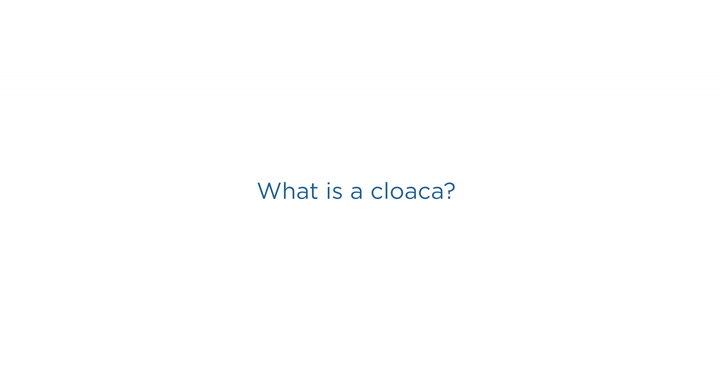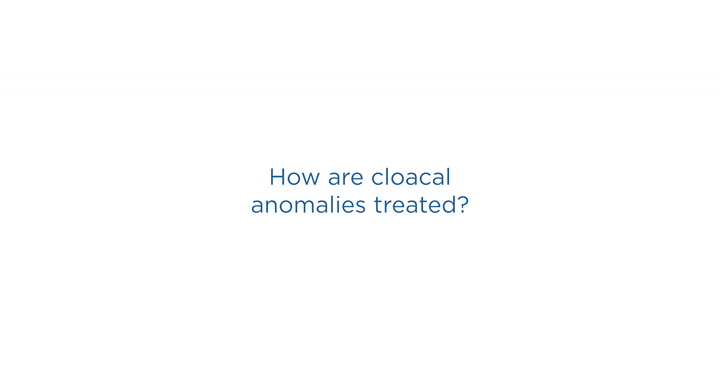Cloacal Anomalies
What are cloacal anomalies?
Cloacal anomalies refer to a collection of defects that occur during fetal development in a female’s lower abdominal structures. There are many variations to these defects but the most common involve a merging of the rectum, genital tract (vagina), and urinary tract (urethra) into one exit out of the body. Normally the rectum, genital tract and urinary tract will all have separate outlets from the body in a female. Children with a cloacal anomaly will only have one outlet from the body for all three tracts (the urethra, vagina, and rectum will merge together to make one tube). Typically, the ovaries and fallopian tubes will be unaffected and normal.
The most complicated form of a cloacal anomaly is that which involves bladder exstrophy. This is a birth defect where a child is born with their bladder, and sometimes other organs exposed from the body. Bladder exstrophy can occur in males or females.
Many of these defects will be diagnosed on prenatal ultrasound and the CHOC urology team will be able to provide information to expecting parents before and shortly after birth regarding their child’s future needs.
What are the signs of a cloacal anomaly?
There are many variations to cloacal deformities. Specific defects may involve:
- Imperforate anus, which occurs when the anus is not fully formed or does not have an opening to the outside of the body
- Vaginal duplication or vaginal atresia, which is an abnormal closure or absence of a vagina
- Lack of development in other female reproductive organs, the uterus, fallopian tubes or ovaries
- Variation in the degree of development of the bladder, rectum, abdominal wall or reproductive organs
Cloacal anomalies are often associated with other conditions involving the kidneys, pelvic bone and spinal cord.
How are cloacal anomalies diagnosed?
Some cloacal anomalies will be diagnosed on prenatal ultrasound. Others will be diagnosed by physical examination after birth. Following birth, several studies may be completed to gain a better understanding of the child’s unique anatomy. An ultrasound, MRI, VCUG or genito/sinogram, or cystoscopy and/or vaginoscopy may be done before a treatment plan will be developed. Learn more about the diagnostic tests used by the specialists at the CHOC Urology Center.
How are cloacal anomalies treated?
Cloacal anomalies require surgical repair by one of our surgeons. The exact surgery and subsequent repair will be determined by the child’s family and the surgeon after considering her unique anatomy. Often more than one surgery will be needed.
Directly after birth, the team will work to ensure the child is stable and will likely perform a colostomy, which is the creation of a new opening through which the child’s stool will leave the body. Additionally, for a child unable to urinate on their own, she may need a catheter to be placed into the bladder.
The remainder of surgeries that will be needed to create an appropriate urethra, vaginal opening and anal opening are often completed when a child is older and stronger.
What is the long-term outlook for children with a cloacal anomaly?
The long-term outlook for girls with this condition depends on the degree of the anomaly or any other associated anomalies or conditions. Our health providers will be able to provide specific information on the child’s long-term outlook during her in-office appointments.
In general, children with mild anomalies will have excellent bladder control and normal sexual development, fertility and function. They may also have a near normal pattern to their bowel movements. Children with more severe anomalies may need life-long bladder and bowel intervention to help empty their bodies of urine and stool. Additionally, they may have decreased fertility or difficultly with sexual function.


